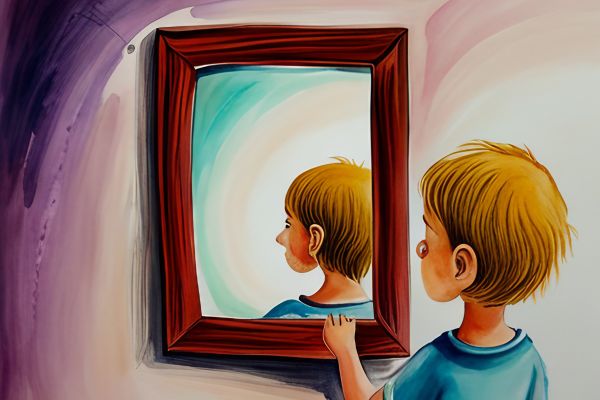Happiness Over the Lifespan
Happiness evolves with the different ages and milestones we experience. Although overall happiness levels may not oscillate dramatically, happiness tends to follow some patterns over the lifespan. Different aspects of life may provide greater satisfaction and meaning as we progress through childhood, adolescence, adulthood, and old age.
Every individual has a unique experience of life. But on average, happiness seems to follow a particular trajectory. Life satisfaction tends to begin fairly high, dip from young adulthood to midlife, and then climb again throughout later life. Relationships, employment, finances and more all play a role in how happiness ebbs and flows over time.
People often worry that happiness diminishes with age, but that’s actually not the case. One large study found just a slight overall dip in happiness between age 20 and age 70—on a scale of 1 to 10, average life satisfaction went from 5.8 to 5.4.
The happiness curve refers to the trajectory that happiness tends to follow as we age. People begin life fairly happy. Around age 18, their happiness begins to decrease, reaching a low point in their 40s. But after age 50, happiness begins to rise again. This U-shaped happiness curve has emerged consistently in large studies of Western societies.
There are a few theories for the happiness curve. From an economic standpoint, people begin working in early adulthood, which consumes more and more time. But greater financial security after age 50 may elevate happiness. From a psychological standpoint, people may begin life with high hopes, realize that they’re unrealistic, and subsequently determine to enjoy life as it is.
People tend to see a slump in happiness around age 40, research shows, but the idea of a “crisis” is overblown. The term “midlife crisis” was coined by psychoanalyst Elliot Jaques in 1965, but the concept has shifted over time due to scientific and cultural changes.
Happiness blossoms for different individuals at different ages. But certain influences may be stronger at specific life stages, such as freedom in childhood, socializing in adolescence, and professional goals in adulthood. No matter the life stage, though, there are always ways to find greater happiness.
There are many ways to raise happy kids, but meeting three of their basic needs—for freedom, belonging, and fun—is a great place to start. Find opportunities for children to feel a greater sense of independence, and to spend quality time with family and friends to cultivate belonging.
Activities that involve socializing with others and that don’t rely on screens tend to make teens happy, research suggests. Social plans, sports, volunteering, and religious services are linked to greater happiness, and being alone, listening to music, and time online are linked to less happiness. Additionally, good sleep is key for happiness in adolescence.
In addition to other factors, employment and marriage are both linked to greater life satisfaction in adulthood, research suggests. Employment has an especially strong influence on life satisfaction, an effect that peaks around age 50.
After a dip around age 40, research shows that happiness grows with age. Older adults derive happiness from meaningful relationships, volunteer work, and purpose-driven goals. While young adults often crave novelty and adventure, older adults tend to better appreciate smaller moments of joy, such as a visit from an old friend or a delicious meal.














